The Global Automotive Lightweight Body Panel Market is characterized by significant competition driven by the rising demand for fuel-efficient vehicles and the increasing focus on reducing vehicle weight. As automakers strive to enhance the performance and efficiency of their products, the adoption of lightweight materials and innovative manufacturing techniques has become critical.
This market is influenced by various factors, including regulatory pressures for lower emissions, advancements in material science, and the growing trend of electric vehicles. Companies are investing in research and development to create durable, lightweight solutions that not only meet stringent regulatory standards but also provide consumers with enhanced safety and performance.
As the industry evolves, manufacturers are exploring partnerships, mergers, and collaborations to strengthen their market position and expand their product offerings.
In the context of the Global Automotive Lightweight Body Panel Market, Nissan Motor is recognized for its commitment to innovation and sustainability. The company has developed a range of lightweight body panels that are instrumental in promoting not only vehicle efficiency but also enhancing structural integrity.
Nissan Motor's strategic focus on using advanced materials, such as high-strength steel and aluminum, has allowed it to maintain a competitive edge in producing lightweight panels that reduce overall vehicle weight. The company's production techniques emphasize precision engineering, which contributes to the overall performance and safety of the vehicles.
Furthermore, Nissan Motor's global presence enables it to leverage localized production and access diverse markets, positioning it effectively within the competitive landscape of the automotive lightweight body panel sector.
General Motors also plays a prominent role within the Global Automotive Lightweight Body Panel Market, recognized for its robust approach to the integration of lightweight materials in vehicle design. The company has invested heavily in research and development to explore the use of composites and advanced alloys, focusing on delivering superior performance while adhering to environmental regulations.
General Motors' lightweight body panels contribute to improved fuel economy without compromising durability or safety, thereby aligning with consumer demands and regulatory expectations. The company's innovative manufacturing processes enhance efficiency and reduce production costs, which is essential for maintaining competitiveness.
Moreover, General Motors actively participates in collaborations with suppliers and research institutions, further amplifying its capabilities in the development and deployment of lightweight body panels within the automotive industry.
Its commitment to sustainability and innovation strengthens its market presence and positions the company favorably against its competitors in the landscape of lightweight body panel solutions.
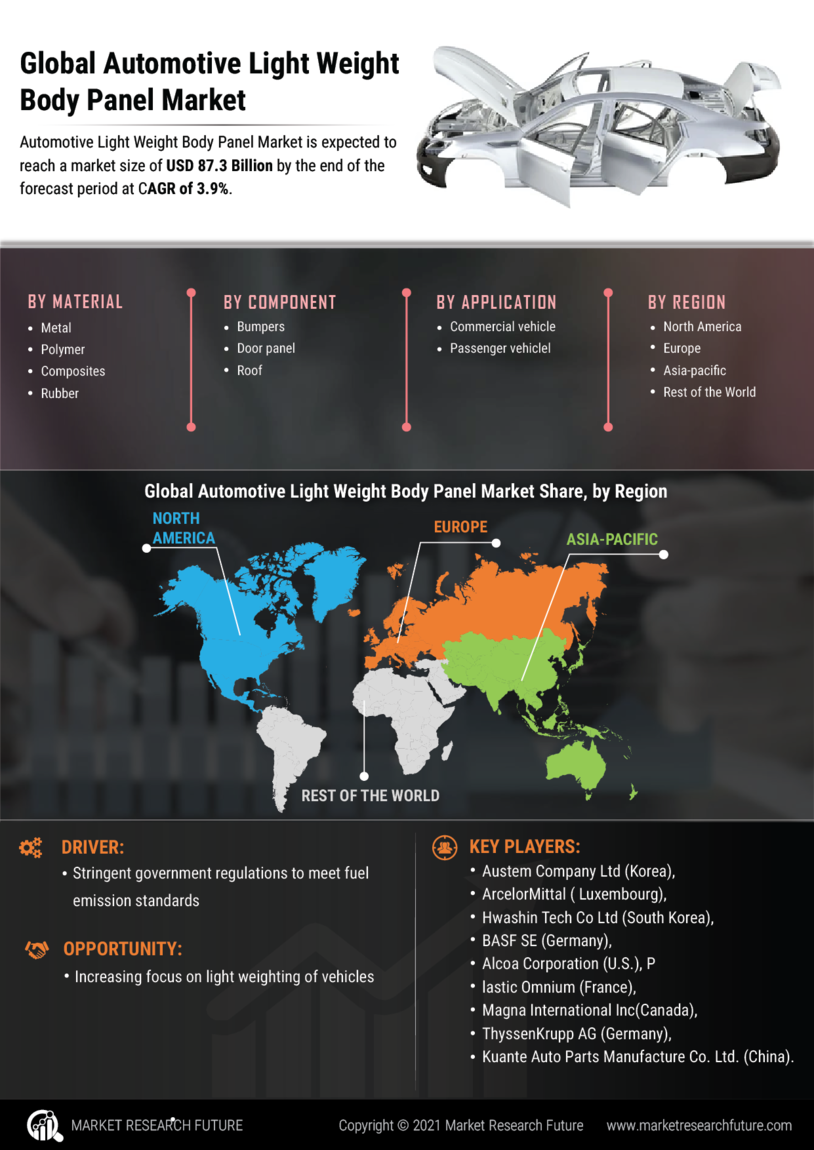

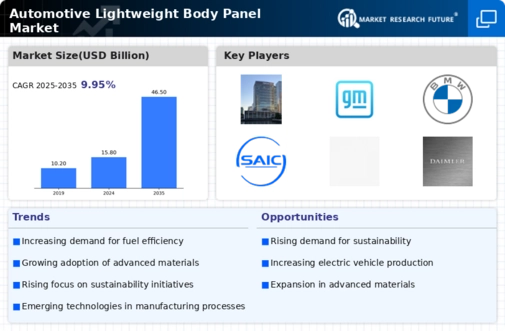
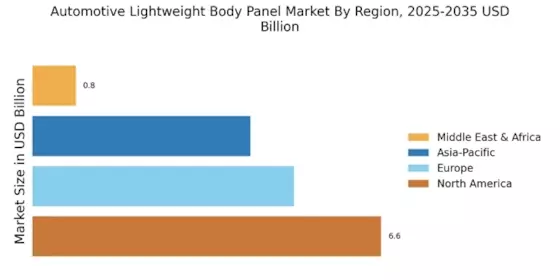

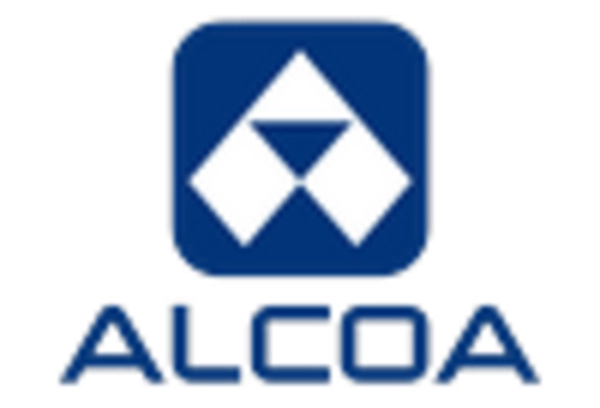

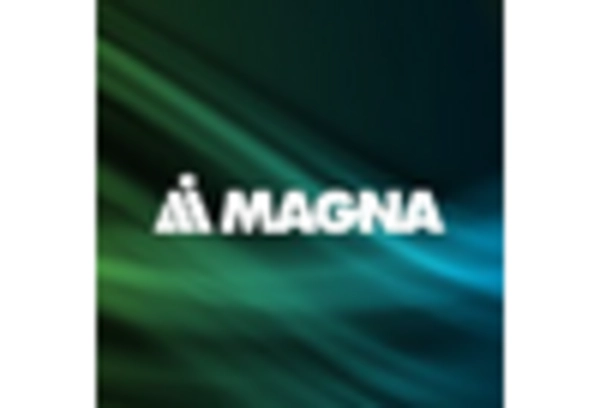
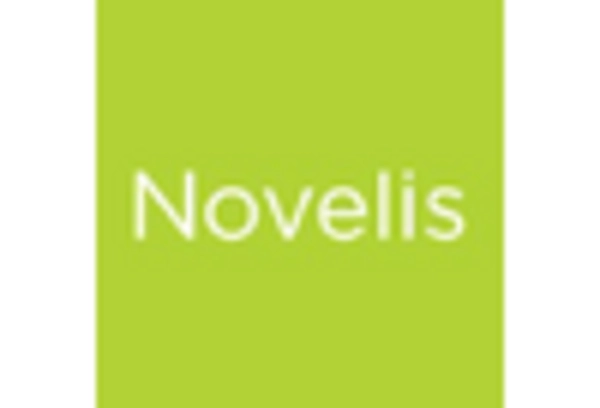









Leave a Comment